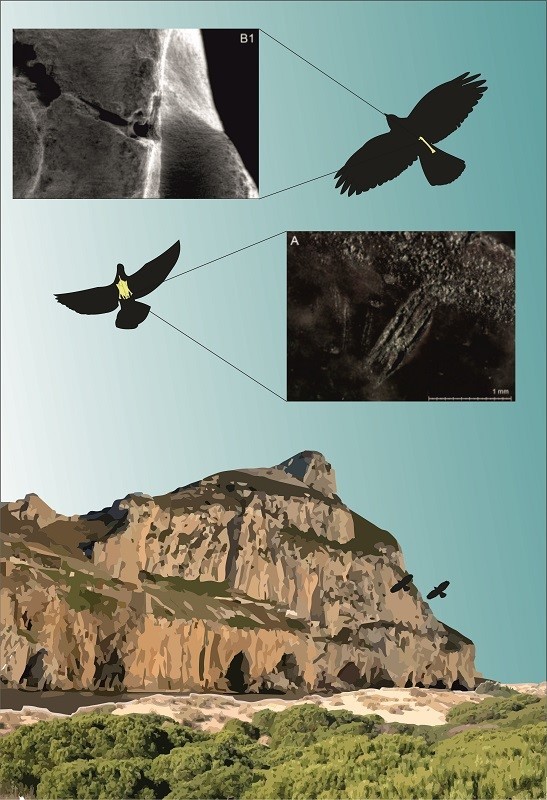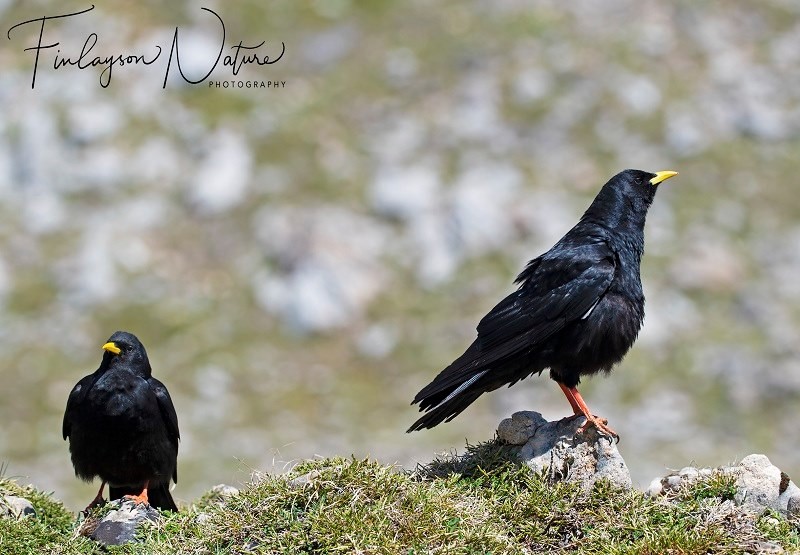Consumption of birds by Neanderthals

Anthropogenic cut marks on the bones of rock doves and choughs as evidence of consumption by Neanderthals.
Consumption of birds by Neanderthals
Until very recently, Neanderthals were seen as being incapable of hunting small animals, which due to their speed or ability to fly were meant to have been too hard for them to catch. This perception has today been overturned, and the debate instead centres on the importance that these small prey had within the Neanderthal diet.
In Gibraltar, Neanderthals exploited rock doves and choughs (members of the crow family) as food sources, and they did this for a very long time. The earliest evidence we have is from 67,000 years ago, which shows that birds were a common resource for them, whether for the extraction of feathers as we’ve explained in a previous post, or for consumption as is the case here.
Unlike what we see on the raptor bones, in the rock dove and choughs the presence of cut marks extends to the bones of the lower extremities and sternum (breast bone). Two-toned burned bones have also been recorded, indicating which parts of the bone has been exposed to the fire, and which have been protected by meat as it cooked. Finally, limb bones with clear evidence of anthropogenic action.
The supposed technical difficulty involved in hunting birds has been questioned by some experts. As Stewart Finlayson of the Gibraltar National Museum argues in his doctoral thesis, Neanderthals had a deep knowledge of the natural world around them, including animal behaviour, among them birds. He has shown how at certain times of the year some species would have been relatively easy to capture, such as during the breeding season for those species that nested on the ground. Although difficult to demonstrate, because the evidence is perishable, he has also suggested that the practice included the harvesting of birds’ eggs. Many birds also gather in large groups to roost and would relatively easy to catch in the dark hours. Others rely heavily on the camouflage afforded by their plumage but a keen eye, as Neanderthals would have had, could spot them and catch them.

Yellow-billed Choughs (Pyrrhocorax graculus)
Published: April 14, 2020
Other similar VM - Palaeoanthropology
VM - Palaeoanthropology
The use of different types of sandstones as a natural resource by early inhabitants of Gibraltar.
Published: April 27, 2020
18-20 Bomb House Lane
PO Box 939,
Gibraltar
